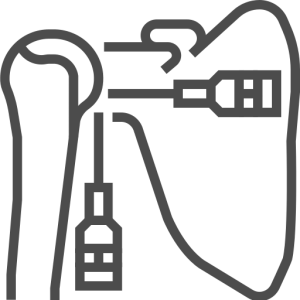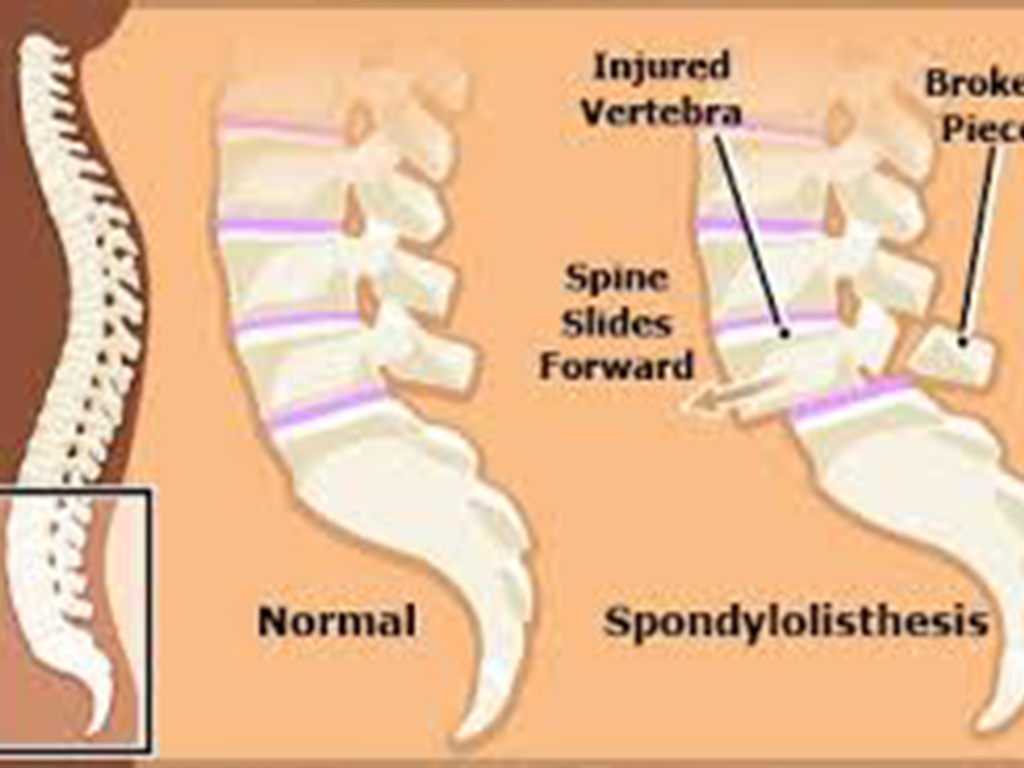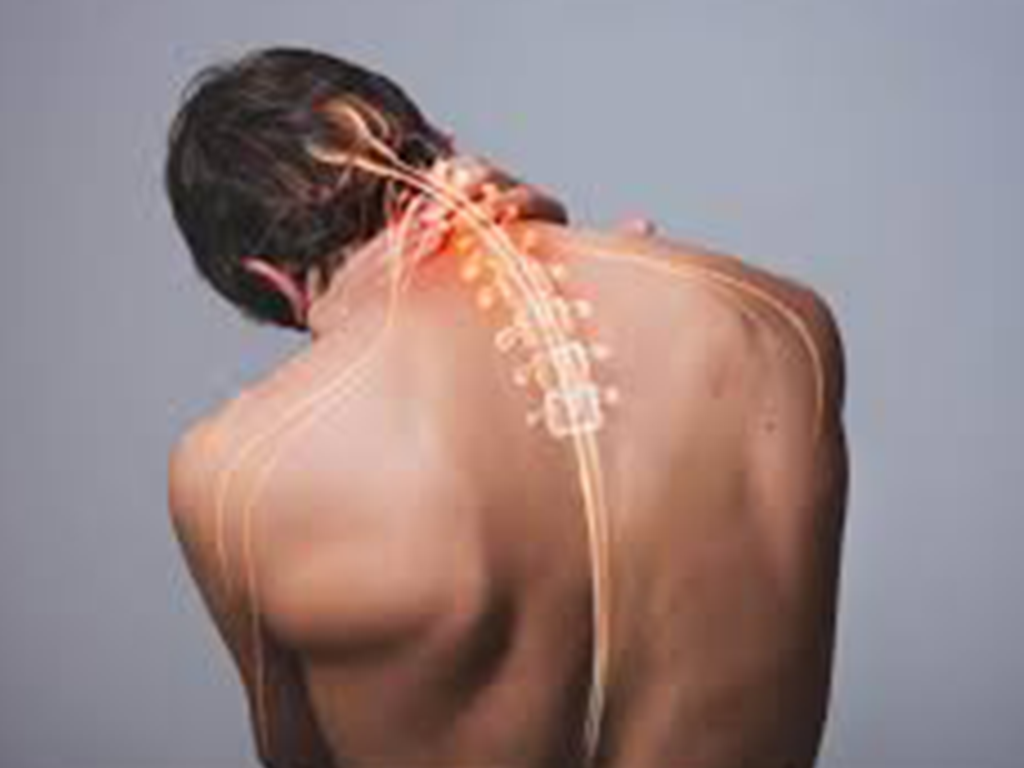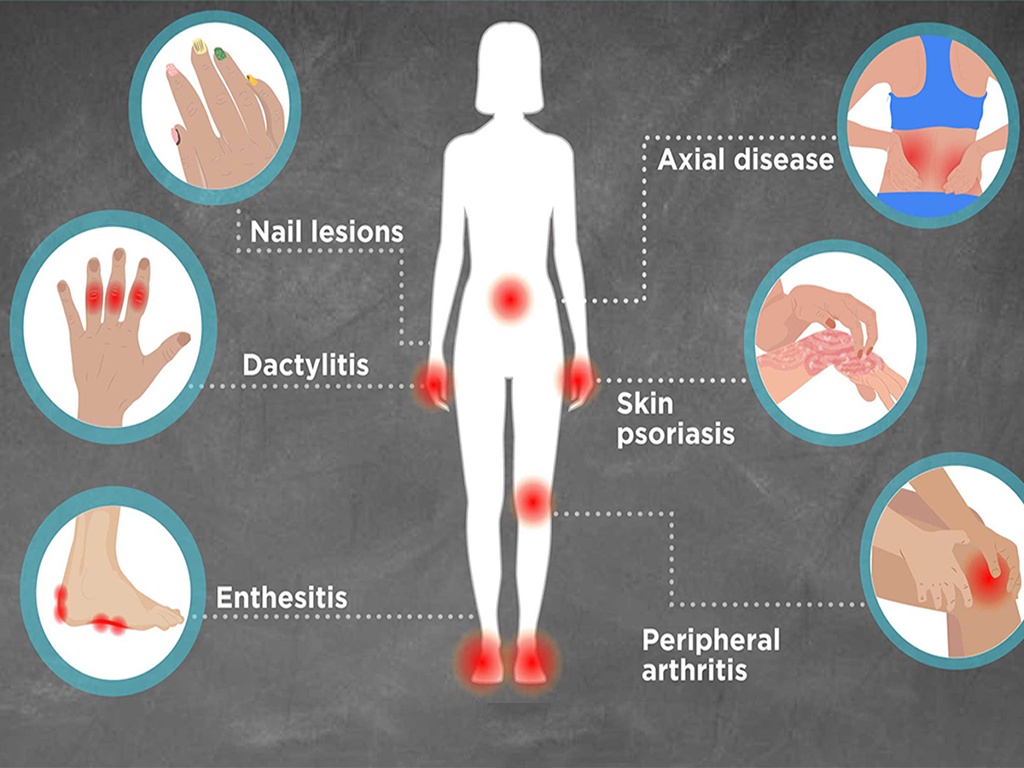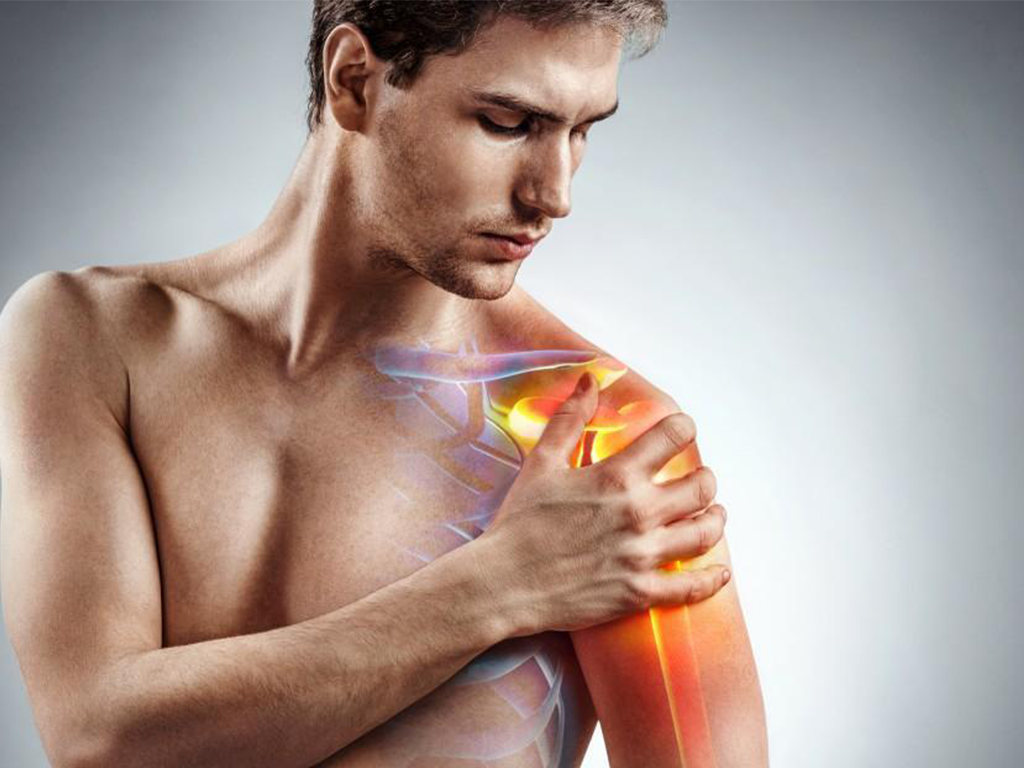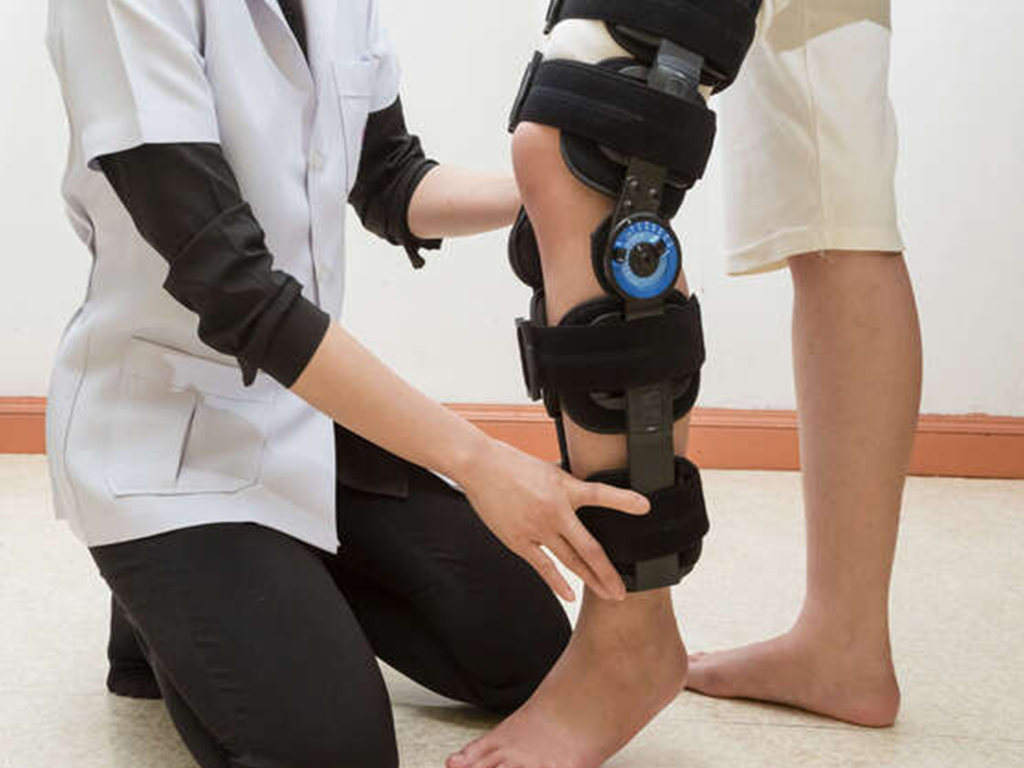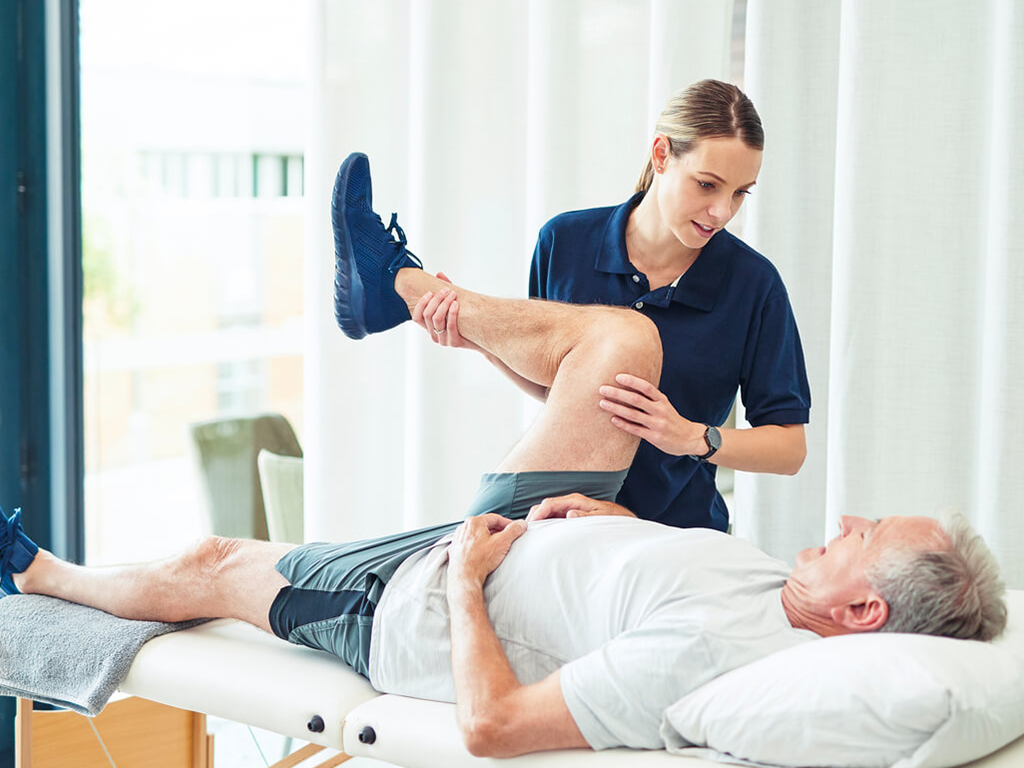Hip pain can severely affect mobility, independence, and overall quality of life. At Ortho Plus, we understand that patients seek advanced solutions that ensure faster recovery and long-term relief. That is why we bring cutting-edge robotic technology for orthopaedic surgeries. If you are searching for the Best Robotic Surgeon for Hip Pain Treatment in Gurugram, Ortho Plus is the trusted destination for excellence in precision surgery, world-class expertise, and patient-focused care.
For fast information, contact us on WhatsApp.
Understanding Hip Pain and Its Challenges
Hip pain is a common problem that may arise from arthritis, fractures, injuries, or degenerative joint conditions. When left untreated, it can lead to stiffness, reduced mobility, and even disability. Conventional surgical methods may help, but today, robotic-assisted surgery offers greater accuracy, shorter recovery periods, and improved long-term outcomes.
At Ortho Plus, our specialists are dedicated to offering advanced treatments powered by robotic technology. This makes us the leading choice for patients looking for the Best Robotic Surgeon for Hip Pain Treatment in Gurugram.
Why Choose Robotic-Assisted Hip Surgery?
Robotic-assisted surgery is revolutionizing orthopaedics. Unlike traditional methods, it allows surgeons to perform minimally invasive procedures with unmatched precision. The technology uses 3D imaging and navigation systems, which help in creating personalized surgical plans.
Some of the major benefits include:
- Higher accuracy in implant placement
- Reduced risk of complications during and after surgery
- Minimal scarring and reduced blood loss
- Faster recovery time, enabling patients to resume daily activities sooner
- Long-lasting results, ensuring stability and mobility
These advantages highlight why patients are increasingly choosing robotic surgery. For anyone looking for the Best Robotic Surgeon for Hip Pain Treatment in Gurugram, Ortho Plus is a trusted name that combines innovation with expertise.
The Expertise at Ortho Plus
At Ortho Plus, surgery is not just about technology—it’s about combining innovation with the skill of highly trained orthopaedic surgeons. Our surgeons are extensively trained in robotic-assisted procedures, ensuring each patient receives personalized, world-class treatment.
Being recognized as the center for the Best Robotic Surgeon for Hip Pain Treatment in Gurugram, Ortho Plus stands apart due to:
- A team of experienced and dedicated orthopaedic specialists
- Use of advanced robotic platforms for hip replacement and reconstruction
- Patient-first philosophy with a focus on safety and recovery
- State-of-the-art facilities designed for comfort and comprehensive care
The Patient Journey at Ortho Plus
Choosing Ortho Plus means choosing a clear and supportive journey towards recovery. From the first consultation to post-surgery rehabilitation, our process is designed around the patient’s needs.
- Consultation & Diagnosis: Detailed assessment with advanced imaging for accurate diagnosis.
- Treatment Planning: Customized surgical plans created using robotic assistance for precision.
- Robotic-Assisted Surgery: Minimally invasive procedures performed by skilled surgeons.
- Rehabilitation & Recovery: Guided physiotherapy sessions for quick and safe recovery.
This structured care pathway ensures patients regain mobility and return to their active lives sooner. This is why so many people trust Ortho Plus for the Best Robotic Surgeon for Hip Pain Treatment in Gurugram.
Why Gurugram Chooses Ortho Plus
Gurugram is known for its world-class healthcare facilities, and Ortho Plus leads the way in orthopaedics. Patients from across Delhi NCR prefer our services for:
- Accessibility and modern infrastructure
- International standards of patient care
- Transparent treatment process with ethical practices
- A reputation built on trust and successful outcomes
When searching for the Best Robotic Surgeon for Hip Pain Treatment in Gurugram, Ortho Plus consistently emerges as the most reliable choice for advanced orthopaedic care.
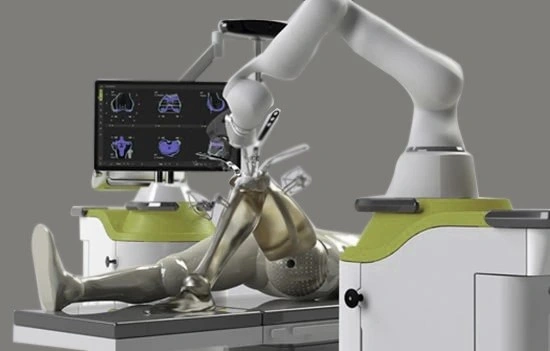
Long-Term Results and Quality of Life
The goal of hip surgery is not just pain relief—it is about restoring mobility, confidence, and quality of life. Robotic technology enhances the surgeon’s ability to deliver long-lasting outcomes. Patients treated at Ortho Plus experience improved joint function, reduced post-surgical complications, and sustained relief from chronic pain.
This commitment to excellence ensures that Ortho Plus remains the home of the Best Robotic Surgeon for Hip Pain Treatment in Gurugram.
Conclusion
Hip pain should never limit your life. With robotic-assisted surgery at Ortho Plus, you can expect precision, safety, and quicker recovery. Backed by advanced technology and expert surgeons, we are proud to be recognized as the destination for the Best Robotic Surgeon for Hip Pain Treatment in Gurugram.
If you are experiencing persistent hip pain and want to explore advanced solutions, Ortho Plus is here to help you regain mobility and live pain-free.



